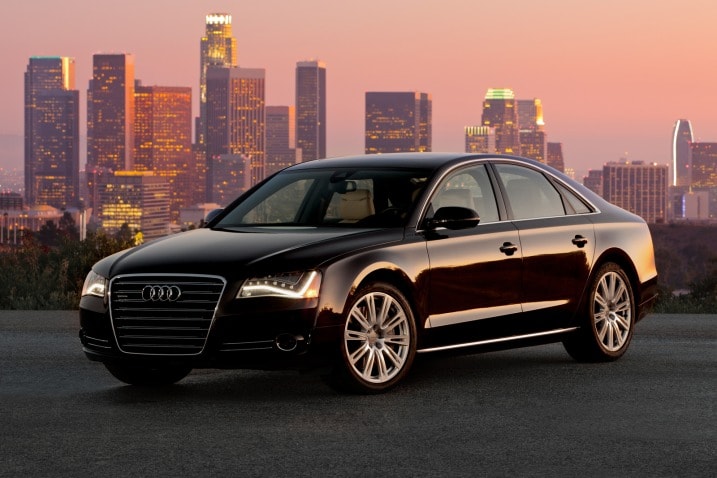Sedan
Out of the different types of cars, a sedan (US) or a saloon (UK) is traditionally defined as a car with four doors and a typical boot/ trunk. A slightly technical detail is that it usually features a 3-box configuration with each of the boxes categorically used for the engine, passenger, and cargo.
Sedans can be as small as a Chevrolet Sonic or as large as a Rolls-Royce Phantom.

Minivan
A minivan has a short hood and a box-shaped body enclosing a large passenger/cargo area. You can’t go to a kids’ soccer game without seeing one of these. Commonly known minivans are the Dodge Grand Caravan, Honda Odyssey and Toyota Sienna.

SUV
Conventionally, a sports utility vehicle (SUV) is a big car built on a body-on-frame chassis, sports increased ground clearance and offers off-roading capabilities to a certain extent. With that said, the aforementioned definition of an SUV has blurred over time and often includes both off-roaders and soft-roaders. Most SUVs, like the Chevrolet Tahoe and the Toyota 4Runner, are traditionally based on truck platforms.
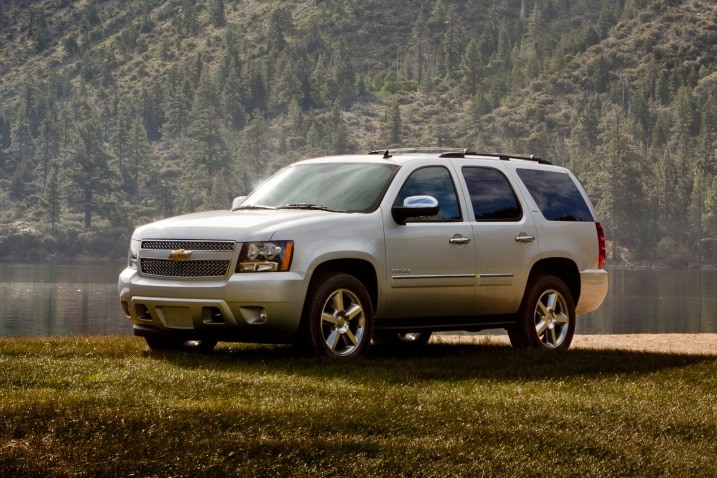
Truck
A truck has two or four doors and an exposed cargo bed. They can range in size from the midsize Toyota Tacoma to the full-size Ford F-150.
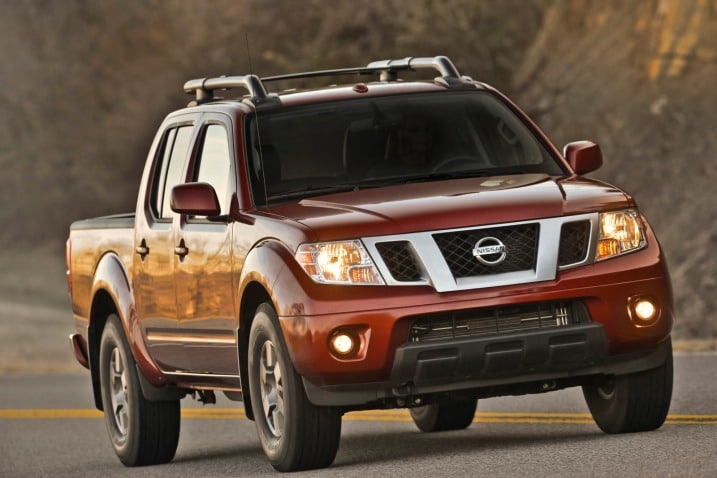
Coupe
A coupe is classically defined as a closed two-door car with a fixed roof. Considered sporty by nature, it generally gets just 2 seats or with a smaller-than-average rear. The typical definition of a coupe has evolved over time and differs across manufacturers and now is also ascribed to cars with four doors and coupe-like proportions, chiefly for their sporty appeal instead of number of doors.
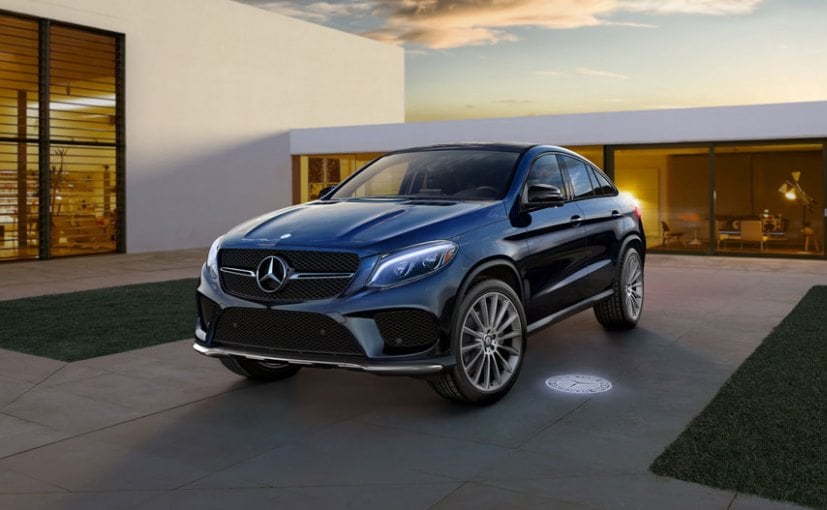
Convertible
A convertible, a.k.a. a cabriolet or roadster, is a car with a roof structure that can be ‘converted’ to allow open-air or enclosed driving. They feature either a retractable hardtop roof or soft folding top.
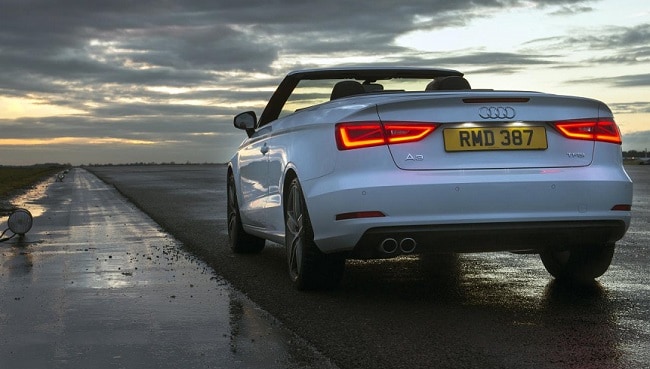
Wagon
Wagons have all the same passenger room and driving characteristics as the sedans they’re based on, but offer more cargo room. A few of the larger wagons even offer a third-row seat. Automakers sometimes come up with names like “Avant” or “Sportback” or avoid the term wagon altogether. Here’s an easy way to determine whether a vehicle is a wagon: The roof line of a wagon continues past the rear doors. A few wagon examples are the BMW 3 Series Wagon, Ford Flex and Volkswagen Jetta Sportwagen.
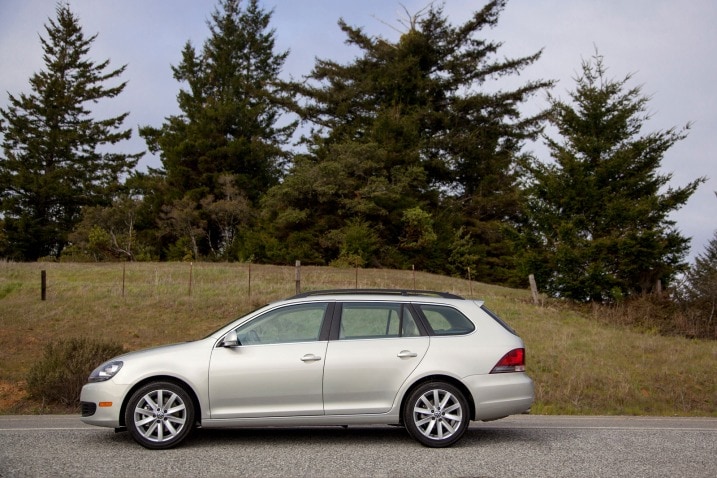
Hatchback
A hatchback is a car with a two- or four-door body configuration and a sloping back with a hinged rear cargo hatch that opens upward. The Honda Fit and the Volkswagen Golf are some examples. One way to differentiate a hatchback from a wagon is to see if its roof line suddenly dips past the doors. If it does, it’s a hatchback.
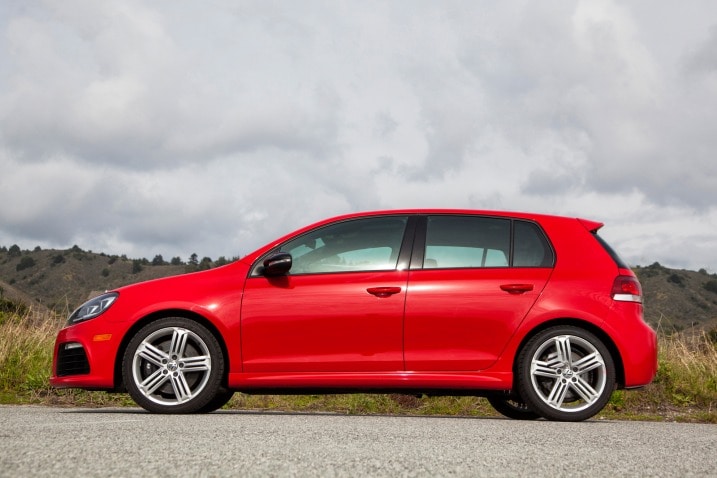
Crossover
A simple, and common, definition of a crossover would be that it is a vehicle that combines the features of an SUV and a hatchback. Crossover vehicles offer soft-roading capabilities and are constructed like a car – they use unibody construction instead of the body-on-frame platform used in SUVs.

MPV
A multi-purpose vehicle (MPV) or multi-utility vehicle (MUV) are commonly known as ‘people carriers’. They are designed to offer enhanced space and comfort for passengers with two or three rows of seating and large doors. The third row on MPVs/ MUVs can generally be reconfigured.
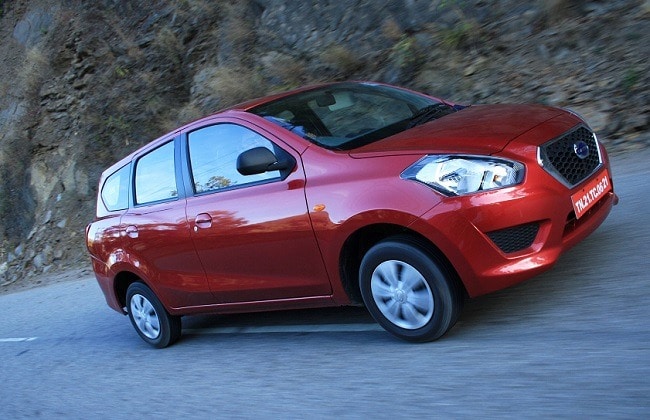
Luxury
Edmunds.com bases the luxury type on the model’s nameplate: Audi, BMW, Cadillac, Lexus, Mercedes-Benz and the like. However, some listed vehicles bear the nameplates of brands that are not typically considered luxury marques. These vehicles typically achieve luxury status because of their price. The $78,000 Toyota Land Cruiser is one of these.
